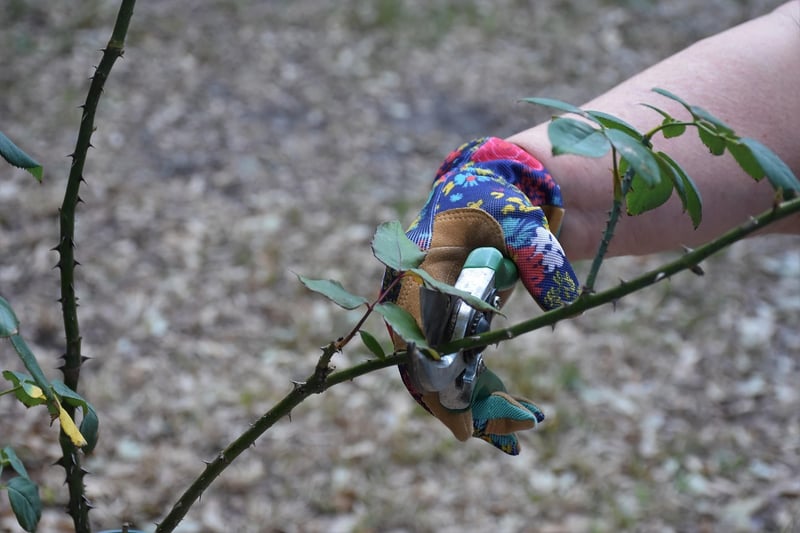Pruning Techniques
Plant Care and Pruning Techniques
Introduction to Plant Care
Plants are not just decorations; they are living organisms that require care and attention to thrive. Proper plant care involves understanding the specific needs of each plant, including watering, lighting, and fertilizing.
Watering
Watering is essential for plant health. Different plants have different watering requirements, so it's crucial to research the specific needs of your plants. Overwatering can lead to root rot, while underwatering can cause wilting and stunted growth.
Lighting
Light is an essential element for photosynthesis, the process by which plants make their food. Ensure your plants receive adequate sunlight based on their light requirements. Some plants thrive in bright, indirect light, while others prefer low light conditions.
Fertilizing
Fertilizing provides plants with essential nutrients for growth. Use a balanced fertilizer according to the plant's needs during the growing season. Be cautious not to over-fertilize, as this can harm the plant.
Pruning Techniques
Pruning is the process of removing dead or overgrown branches from a plant to encourage new growth and maintain its shape. Proper pruning techniques help plants stay healthy and vibrant.
Tools for Pruning
- Pruning Shears
- Loppers
- Pruning Saw
- Gloves
Pruning Tips
- Identify dead or diseased branches and remove them at the base.
- Prune overgrown branches to improve air circulation and light penetration.
- Make clean cuts at a 45-degree angle to promote healing.
- Avoid pruning too much at once to prevent stress on the plant.
Conclusion
By understanding and implementing proper plant care practices and pruning techniques, you can help your plants thrive and beautify your living space. Remember to research the specific needs of each plant and provide the care they require for optimal growth.


